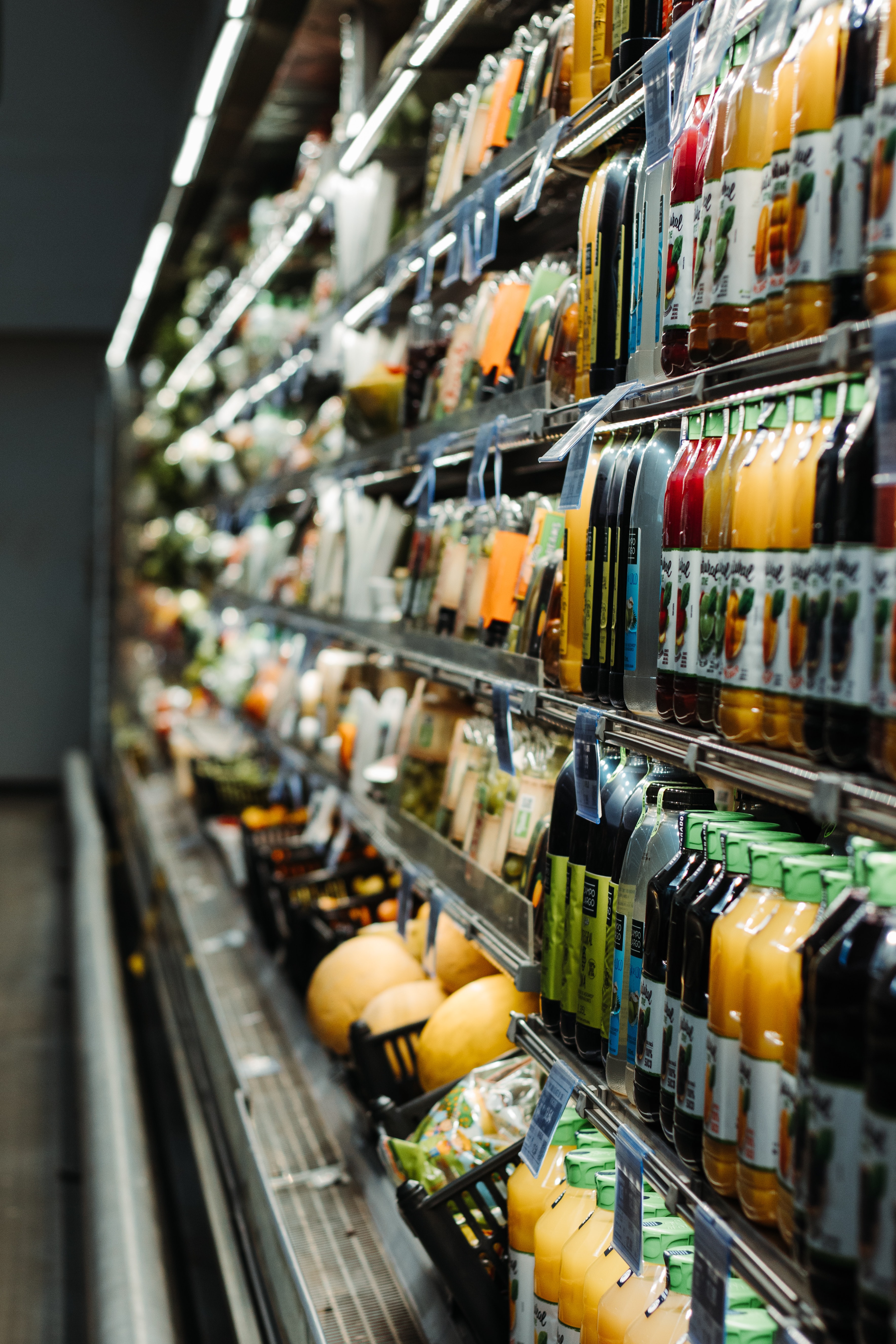
Understanding the growth of the UK convenience sector
The UK convenience market is forecast to reach £57.7 billion by 2030*, slowed a little than previously predicted by the headwinds of the recent tobacco legislations. Core growth is being driven by multiples and co-ops but the independents and symbols still make up a significant proportion and it's here where brands must reconsider what they are doing now if they want to win. Many brands still treat convenience retail as a secondary priority - applying grocery strategies to a space that demands its own playbook. If you're a brand looking to grow in the UK retail landscape, it's time to re-evaluate your approach to independent retailers and local stores. They need a stand alone convenience brand strategy that addressed the challenges they're facing and the opportunities they offer.
Local and mission-led shopping is rising
Today’s convenience shoppers are not just grabbing last-minute items. They’re making purposeful trips for top-up shops, food-to-go, and quick everyday essentials. Community convenience stores are often the preferred choice for speed, accessibility, and trust. Brands that overlook these nuanced behaviours risk falling behind.
Convenience store owners face pressure, so brands need to do more than sell
Independent retailers and symbol store operators are managing rising labour costs, staff shortages, and growing security concerns. Too often, brands offer one-size-fits-all promotions and static POS. What’s needed is deeper, more apt engagement - whether that’s helping stores execute in-store promotions effectively or co-creating localised campaigns. Or enabling more two-way digital relationships that keep brands top of mind but make it easier for busy retailers to engage and interact on their terms and time. Supporting store owners as partners, not just as outlets, is a key opportunity for brand growth.
Leverage EPOS data to target and optimise convenience retail performance
Many convenience retailers now use EPOS (Electronic Point of Sale) systems, creating a wealth of real-time sales data. However, brands still tend to base their strategies on broader grocery insights. EPOS data offers granular, actionable information - allowing for more targeted product availability, relevant promotions, and better store-level execution. If you’re not using this data, you’re not maximising the channel or your ROI. (We have access to this data and can help)
Repositioning value in the UK convenience channel
Convenience stores often face negative price perceptions. But value doesn’t mean low-cost alone - it means meeting shopper needs quickly and effectively. Brands must work harder to communicate this, not only through pricing but also via packaging, placement, and messaging that matches the convenience mission.
Wholesale buying - how convenience store owners really stock their shelves
Most independent retailers purchase stock through wholesale channels, including delivered wholesale and cash & carry depots. This adds another layer of influence that brands must consider. Are you winning at the point of purchase in depot? Are your wholesale promotions, POS, and visual presence strong enough to stand out?
Equally, you can influence store owners directly - through education and incentive - while still allowing them to buy via their chosen wholesale provider. Direct-to-retailer brand strategies don’t have to bypass the supply chain – they should be designed to support them.
Retail crime is shaping the in-store experience - brands need to respond
Shoplifting and retail crime are rising sharply across UK convenience retail. It’s more than just a security concern; it affects the store environment, layout, and willingness to invest in fixtures and stock. Brands need to consider how to design in-store displays and activations that reduce risk and protect store profitability. (see our blog on Crime in retail and how it’s affecting retailers and brands)
Our take: Brands need a stand-alone retail strategy for the convenience market to win
The UK convenience market is not a mini version of grocery. It’s a dynamic, independent, and highly localised sector. Brands that apply grocery strategies to independent convenience are missing out. From EPOS data and wholesale strategies to store owner relationships and price perception, there are multiple levers for growth - if brands are willing to think and act differently.
There is a better way. Want to know more? Contact us


 3 minute read
3 minute read


